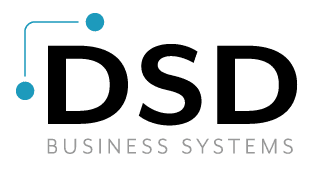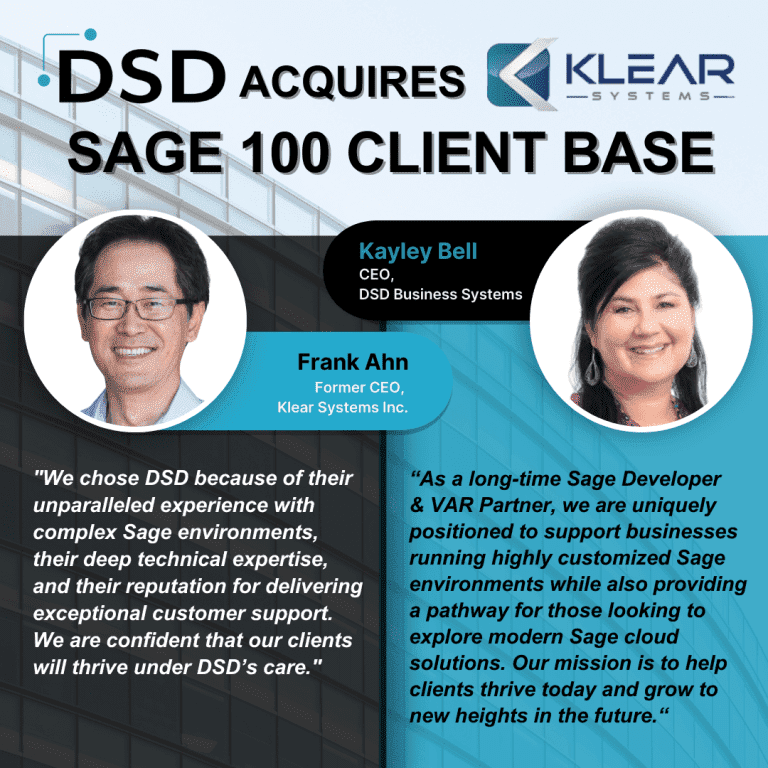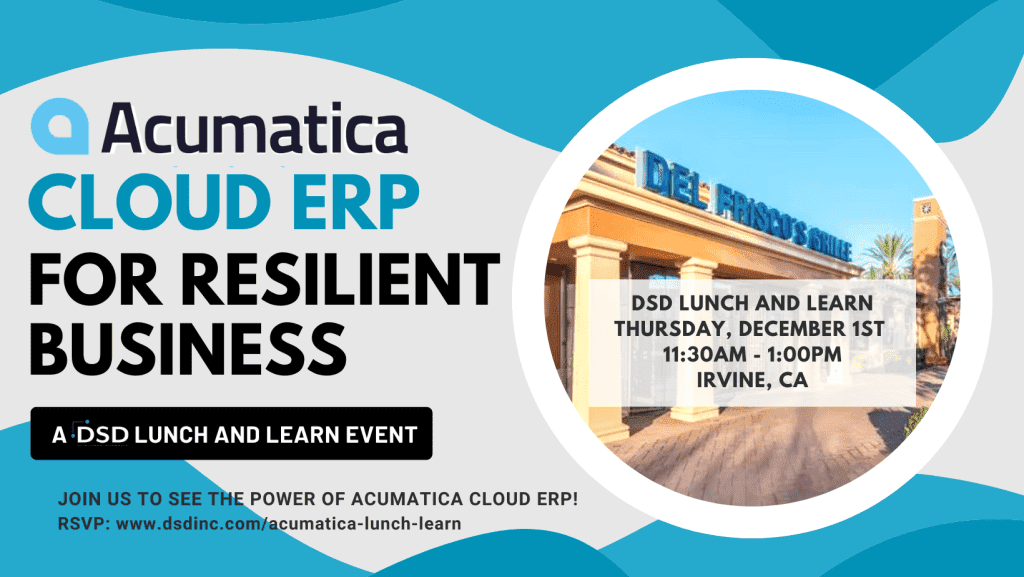The First Steps to Selecting New Accounting Software

As businesses evolve, they need access to reliable accounting systems capable of integrating with other systems, simplifying basic bookkeeping activities, and delivering actionable financial insights on business operations.
Investing in new accounting software for the first time or to replace an outdated system may seem daunting. The marketplace is full of advertisements, product specifications, and benefit lists. Use this resource to take the first steps in selecting accounting software that will not only protect your financial interests, but provide additional opportunities.
Take These Steps to Select the Right Software
Base your selection process on current and future business needs. Business models vary – what works for one business size, may not work for yours. Find the right solution with these steps:
1. Analyze business needs. The most economical accounting product on the market may not deliver the functionality and scalability your business needs to achieve the targeted financial outcomes. Write down the primary reasons why accounting software will benefit your business. Some possible justifications may include:
-
-
- Risk management. Keep your business accountable as a startup, and as you begin to grow, stay accountable with an accounting system that records data and integrates well with other key business systems.
- Efficiency. Accounting software can streamline payroll management, POS and ecommerce transactions, and expense tracking to boost productivity. In small and growing businesses, the time saved with user friendly accounting software often helps pay for the cost of the system.
- Compliance and tax planning. Many businesses must comply with PCI DSS standards, FICA, and other financial regulations. Accounting systems help businesses stay on top of regulatory requirements for security and penalty avoidance.
2. Research cloud vs. onsite options. While some businesses continue to favor the complete control onsite software solutions provide, many others prefer cloud-based systems. Business in the cloud gives employees flexibility, on-demand scalability, and mobility. If you do not have the in-house support for the hardware and networking needs onsite options require, look into cloud accounting software. At DSD Business Systems, we partner with Acumatica, a cloud-based ERP and accounting software suite of tools.
3. Identify key software features. Identify the tools you will use most on a regular basis. Account software may offer payroll, tax reporting, budgeting, estimation, sales tracking, inventory management, POS support, and other features. Rate system features and look at user friendliness and customization options for each feature within a given system.
4. Explore software brand reputations. Some accounting systems rank better than others in the marketplace. PC Magazine recently published its 2017 awards for accounting software. Overall scores place Sage at the top of the list. DSD Business Systems offers Sage accounting and business management tools for every sized business. We’re a Sage Gold Development Partner.
5. Set up product demonstrations. Thanks to the prevalence of online information, B2B businesses often conduct independent research before reaching out to a vendor for a pitch, demonstration, or request for proposal. With your needs assessment and research in hand, make appointments with the top candidates on your list and look for the best value.
Accounting software should make everyday business easier without breaking the bank. Use these steps to start your search for the right product. For more information about DSD Business Systems’ end-to-end services in accounting and business management software, reach out to us at 1-800-627-9032 or read more about our accounting software online.
 Written by DSD Business Systems
Written by DSD Business Systems -









